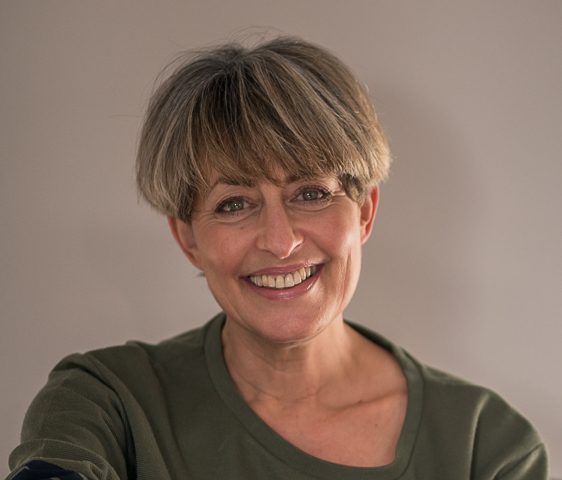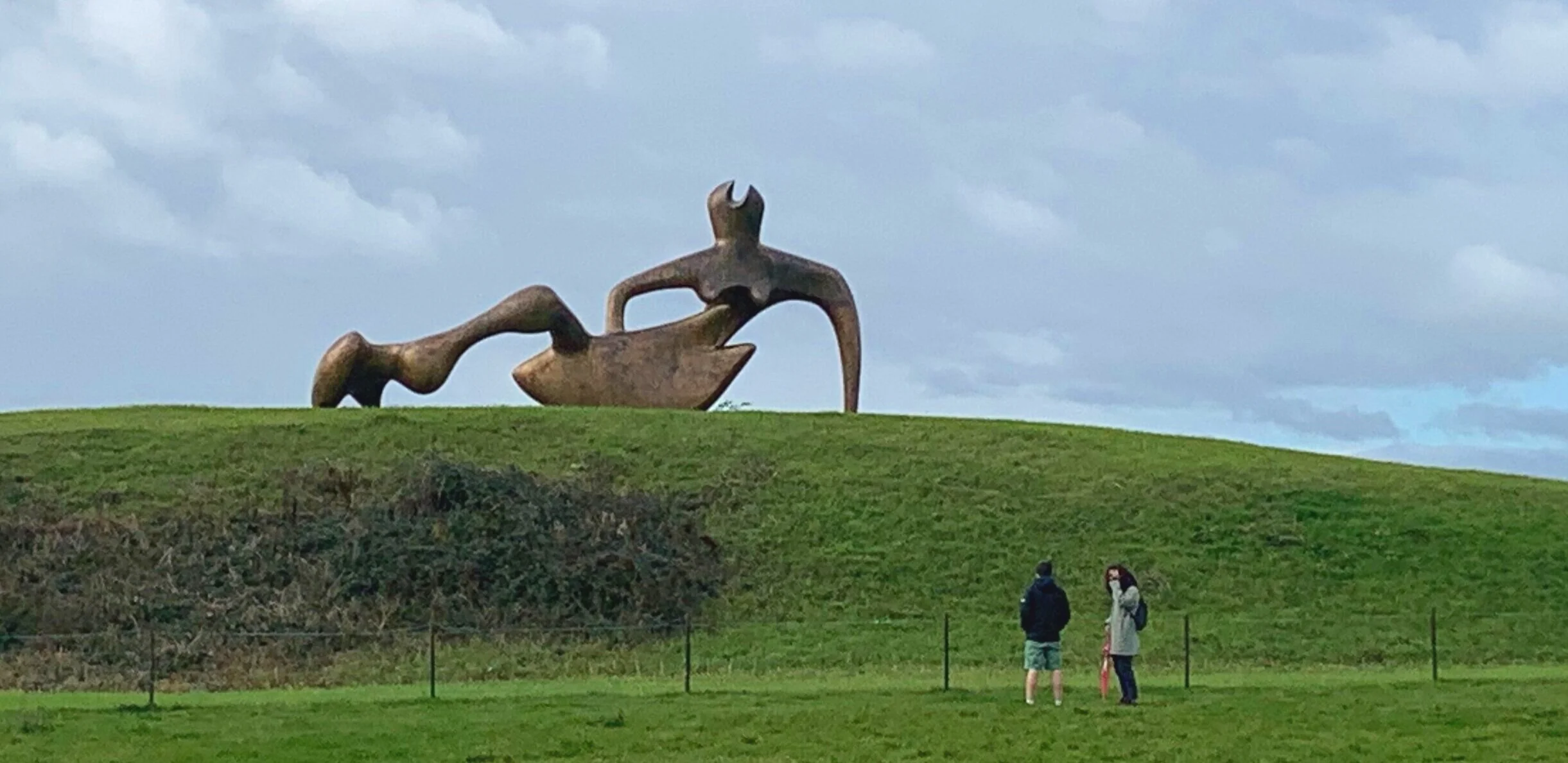Henry Moore Studios and Gardens
Inspired by my visit to Houghton Hall to see the fabulous Anish Kapoor exhibition, and mindful of the, once again, more limited opportunities to enjoy being together with friends other than outdoors, I jumped at the suggestion from two of my oldest friends to pay a visit to Henry Moore’s studio and gardens.
The sculptor and his wife moved to the pretty village of Perry Green in Hertfordshire in 1940 when their London home was damaged during the Blitz. They lived there for the rest of their lives and Moore (who died in 1986) worked in several studios, repurposed from various outbuildings, across the large estate.
It was in those studios - 5 of which are preserved pretty much as they were when he used them - that Moore produced many of his most famous pieces, and 20 or so of them are displayed around the expansive grounds, including in the adjoining fields which form part of the estate.
Henry Moore’s sculptures on display in the grounds of his home. In the foreground Reclining Mother and Child, Bronze, 1975-76
Wandering round, and sometimes, through the sinuous, intriguing, often momumental sized, sculptures on display and seeing the studios where he did his drawing, tested his ideas, and created so many of his masterpieces, I discovered several intriguing facts about one of the UK’s greatest artists.
Enjoying an up-close, inside view of Large Figure in a Shelter (see further down for a pulled back shot of the whole, huge piece)
Well-I-never fact no 1
Moore was the seventh child of a Yorkshire coal miner. In spite of wanting a better life for his children than working in the mines, and so encouraging them to pursue higher education, he was deeply opposed to Moore’s decision to become a sculptor because he considered the job to be manual labour.
Well-I-never fact no 2
He studied at Leeds College of Art at the same time as Barbara Hepworth
Well-I-never fact no 3
During World War Two he was commissioned as a war artist. He produced a series of drawings of Londoners using the underground as an air raid shelter during the Blitz
One of Henry Moore’s drawings of Londoners sheltering in the underground during the Blitz
Well-I-never fact no 4
Before the war Moore used drawing to develop his ideas for new sculptures. But afterwards, virtually all of his works began as maquettes (small three-dimensional models). Most never made it to finished works. Those that did were enlarged into medium-sized plasters and then developed into large-scale bronzes.
Moore working on one of the thousands of maquettes he made, most of which never progressed to full scale works
The studio where he worked on and collected his maquettes and their inspirations
Well-I-never fact no 5
Moore was introduced to polystyrene in the 1960s by one of his assistants, Derek Howarth. It transformed the way he worked on the scale of his pieces, which grew considerably in size thereafter..
Well-I-never fact no 6
Whenever Moore made a limited edition piece, or a commission for a client, he always kept one version for himself
A commissioned piece carved in marble (which I managed to forget to note the name of!)
Well-I-never fact no 7
Renowned throughout the world for his sculpture and drawings, Moore was one of the few modern artists to extend his work into the realm of tapestry. He commissioned several large tapestries based on, but not exactly replicating, his drawings over the course of his career. Half a dozen of them are on display in a 16th century barn he bought from a local farm and had reconstructed in the grounds of his home.
One of the tapestries based on a Moore drawing, hanging in the 16th century barn he had reconstructed in the grounds of his home
Well-I-never fact no 8
Moore was a sheep whisperer. He became enthralled by the sheep in the field outside his studio and did a series of etchings based on hundreds of drawings of them. He found that “if I tapped on the window, the sheep would stop and look, with that sheepish stare of curiosity. They would stand like that for up to five minutes, and I could get them to hold the same pose for longer just by tapping again on the window”
Well-I-never fact no 9
As intriguingly abstract and challengingly open to interpretation as his beautiful sculptures are, Moore was considerably more straightforward with their names.
The Arch, Bronze 1963/69
Large Figure in a Shelter, Bronze, 1985-86
Reclining Figure: Angles, Bronze, 1979
Well-I-never fact no 10
Moore had a giant mound created in one of the sheep fields on his land, as the site for his huge work - Large Reclining Figure. He witnessed the positioning of the polystyrene model of the sculpture, but didn’t live to see the final version in place, as he died whilst it was still at the foundry.
The monumental Large Reclining Figure, Bronze, 1984, on its specially created mound
A last, lingering look at the piece Moore never saw in all its final splendour
The Henry Moore Studios and Gardens (where there’s also an excellent cafe) are closed over the winter, but plan a visit there for the spring when they reopen. It’ll give you a special treat of a day to look forward to.
Other posts you’ll enjoy
The history of and stories behind kimonos
A fascinating WWII site hardly anyone knows about
The work of another of our greatest sculptors. This one’s still alive
















